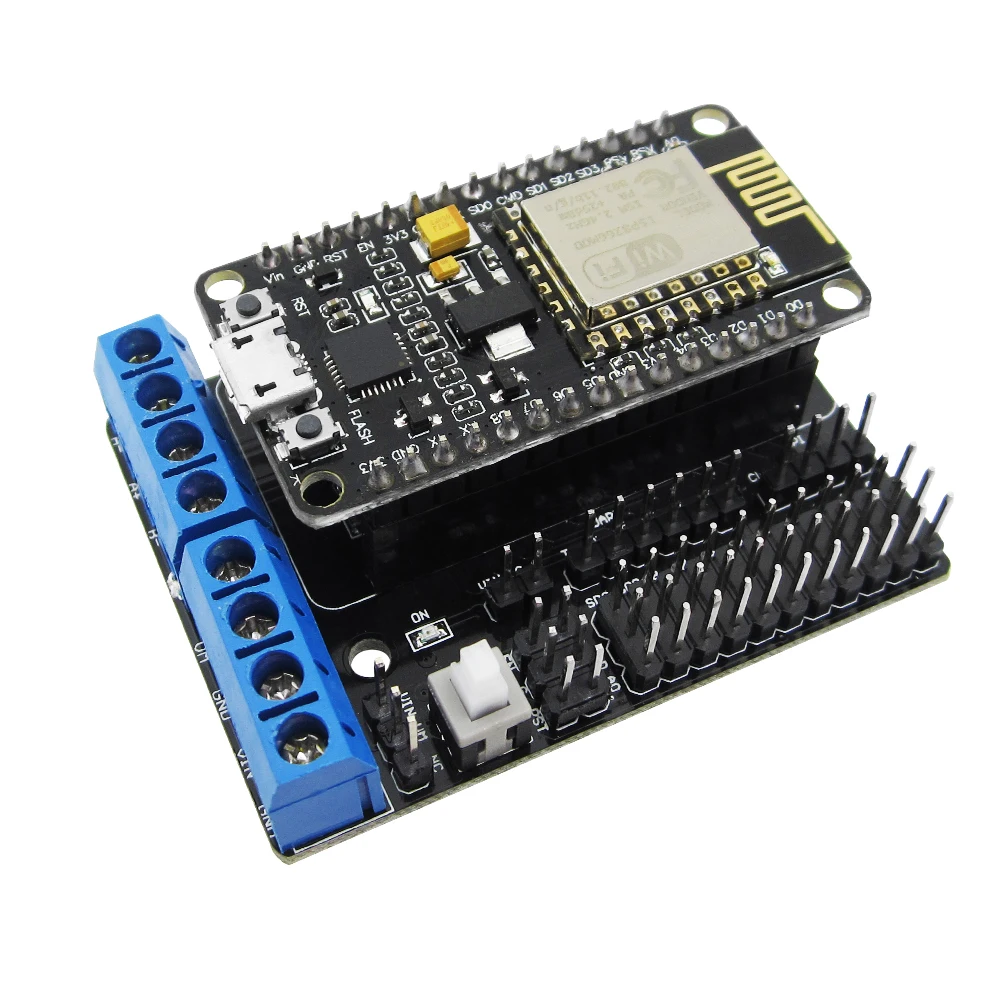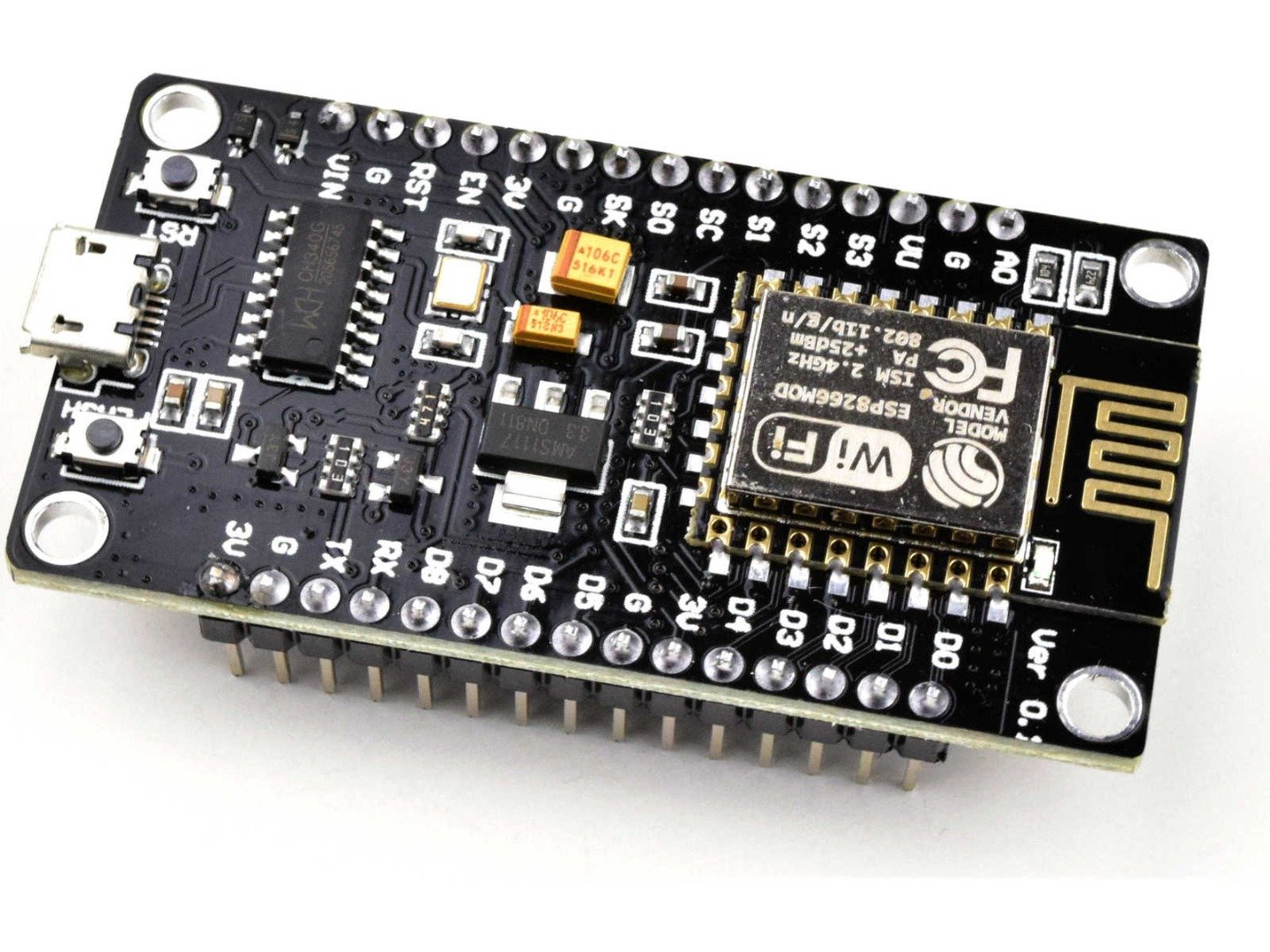
Meanwhile, you can use the following NodeRed sample flow, import it into your NodeRed and edit it according to your sensors to display desired data. To learn more about the topic and animations you can use with the clock, refer to the project on GitHub. You can then use it to display various sensor information and status on the DIY smart clock.

NODEMCU SMART TIMER INSTALL
To automate the clock, you can install and set up a Home Assistant server with an MQTT broker and NodeRed on a Raspberry Pi. You can use any MQTT client app to send JSON data for display on the smart clocks. The smart clock is ready to display whatever text or sensor data you want to display on it via MQTT topics. Step 4: Display Information on the Smart Clock

For controlling the MQ2 gas sensor we are.
Make sure to connect the DuPont wires that come with the display correctly. We can call it smart as it automatically detects the smoke and sends an alert notification to our smart. After the upload is finished, disconnect the MCU. If the sketch compiles successfully, press CTRL + U to upload it to your NodeMCU or D1 Mini MCU. If there are missing libraries, make sure to install them. Save the sketch and then press CTRL + R to verify the sketch. However, if you are using a 4x8x8 matrix as we do, make these changes: If you have an 8x8x8, keep everything default. Also, edit the following based on your MAX7219 matrix. Enter the MQTT server IP, username, and password.Ĭonst char* WIFI_ssid = "EnterYourWiFiName" Ĭonst char* WIFI_password = "WIFiPassword" Ĭonst char* OTA_hostname = "wLed-panel- 01" Ĭonst char* OTA_password = "OTAPassword" Ĭonst char* mqtt_server = " .xx" Ĭonst char* mqtt_password = "mqtt-password". Enter your Wi-Fi name, password, and OTA password. 
Then make the following changes in the pixel_led_mqtt_panel.ino sketch.







 0 kommentar(er)
0 kommentar(er)
